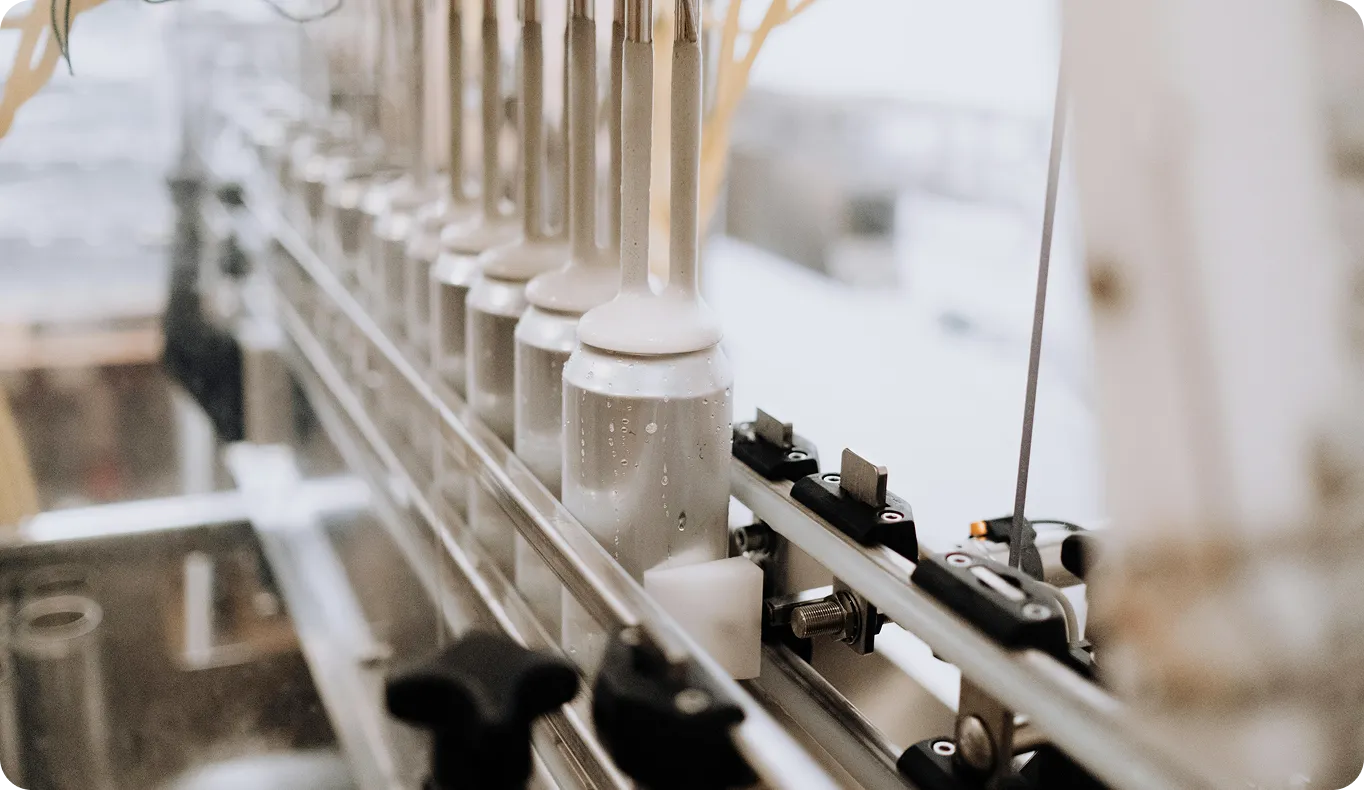Area Under the Curve (AUC)
Learn the importance of Area Under the Curve (AUC) in ML model evaluation. Discover its benefits, ROC curve insights, and real-world applications.
The Area Under the Curve (AUC) is a widely used performance metric in machine learning (ML) for evaluating the effectiveness of binary classification models. It represents the probability that a model will rank a randomly chosen positive instance higher than a randomly chosen negative one. Essentially, AUC summarizes a model's ability to distinguish between classes across all possible classification thresholds, providing a single, aggregate measure of performance. A higher AUC value indicates a better-performing model, making it a crucial tool for comparing different models and for hyperparameter tuning.
What Is The Roc Curve?
AUC is intrinsically linked to the Receiver Operating Characteristic (ROC) curve. The ROC curve is a graph that plots the True Positive Rate (TPR), also known as Recall, against the False Positive Rate (FPR) at various threshold settings. The AUC is simply the area under this ROC curve. While the ROC curve provides a visual representation of a model's trade-offs between sensitivity and specificity, the AUC score quantifies this trade-off into a single number, simplifying model comparison.
Interpreting The Auc Score
The value of AUC ranges from 0 to 1, where a higher score indicates a better model.
- AUC = 1: This represents a perfect model that correctly classifies all positive and negative instances. Every positive sample has a higher predicted probability than every negative sample.
- AUC = 0.5: This indicates that the model has no discriminative ability, equivalent to random guessing. The ROC curve for such a model would be a straight diagonal line.
- AUC < 0.5: A score below 0.5 suggests the model is performing worse than random chance. In practice, this often points to an issue with the model or data, such as inverted predictions.
- 0.5 < AUC < 1: This range signifies that the model has some ability to discriminate. The closer the value is to 1, the better the model's performance.
Tools like Scikit-learn provide functions to easily compute AUC scores, which can be visualized using platforms like TensorBoard.
Real-World Applications
AUC is a valuable metric in many fields where binary classification is critical.
- Medical Image Analysis: In AI in Healthcare, models are developed for tasks like detecting tumors from medical scans. An AUC score is used to evaluate how well a model can distinguish between malignant (positive) and benign (negative) cases. A high AUC is vital for building reliable diagnostic tools that can assist radiologists, ensuring high sensitivity without an excessive number of false alarms. This is crucial for models analyzing datasets like the Brain Tumor dataset.
- Fraud Detection: In the financial industry, AI models are used to identify fraudulent transactions. Datasets in this domain are typically highly imbalanced, with far more legitimate transactions than fraudulent ones. AUC is particularly useful here because it provides a robust performance measure that isn't skewed by the majority class, unlike accuracy. It helps financial institutions build systems that effectively catch fraud while minimizing false positives that could inconvenience customers. Leading financial institutions rely on such metrics for risk assessment.
Auc Vs. Other Metrics
While AUC is a valuable metric, it's important to understand how it differs from other evaluation measures used in computer vision (CV) and ML:
- AUC vs. Accuracy: Accuracy measures the overall correctness of predictions but can be misleading on imbalanced datasets. AUC provides a threshold-independent measure of separability, making it more reliable in such cases.
- AUC vs. Precision-Recall: For imbalanced datasets where the positive class is rare and of primary interest (e.g., detecting rare diseases), the Precision-Recall curve and its corresponding area (AUC-PR) might be more informative than ROC AUC. Metrics like Precision and Recall focus specifically on the performance concerning the positive class. The F1-score also balances precision and recall.
- AUC vs. mAP/IoU: AUC is primarily used for binary classification tasks. For object detection tasks common with models like Ultralytics YOLO, metrics such as mean Average Precision (mAP) and Intersection over Union (IoU) are the standard. These metrics evaluate both the classification accuracy and localization precision of detected objects using bounding boxes. You can learn more about YOLO performance metrics here.
Choosing the right metric depends on the specific problem, the dataset characteristics (like class balance), and the goals of the AI project. AUC remains a cornerstone for evaluating binary classification performance due to its robustness and interpretability. Tracking experiments with tools like Ultralytics HUB can help manage and compare these metrics effectively.








